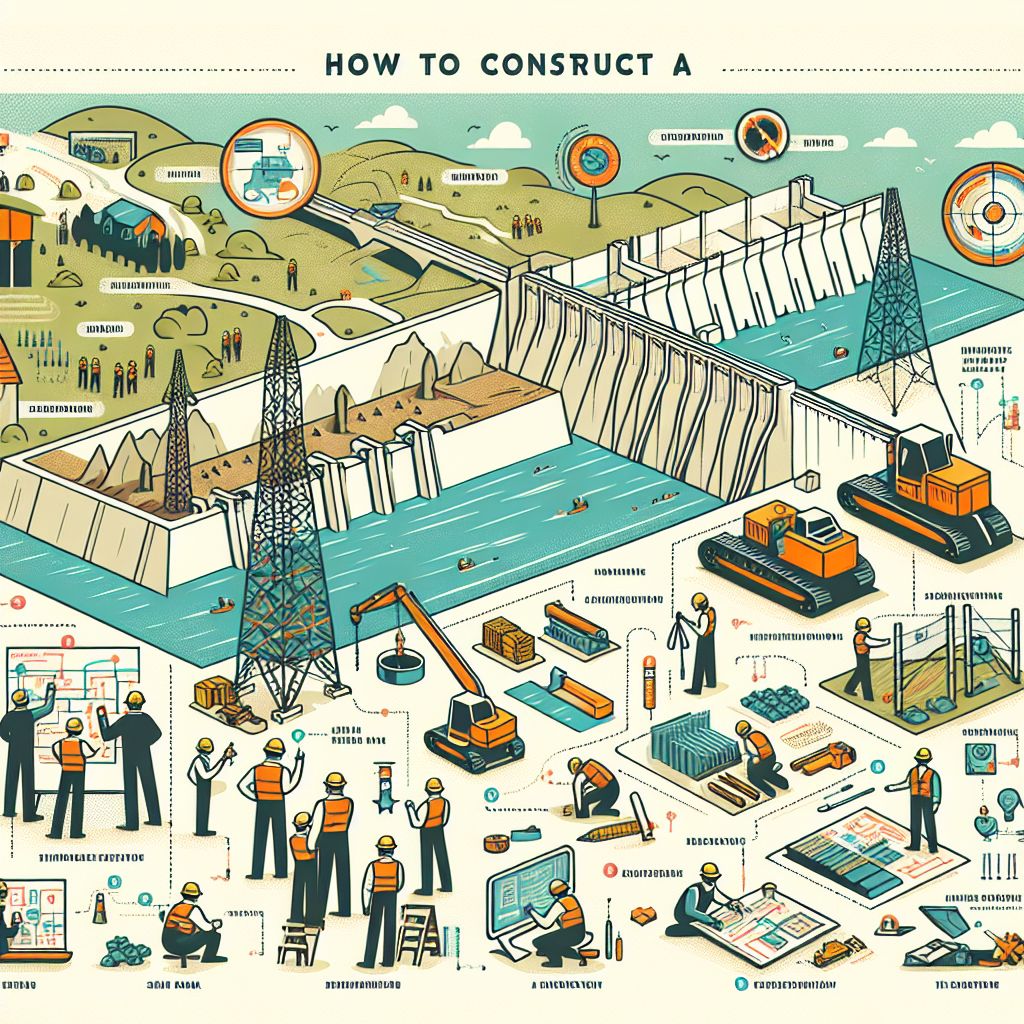
How to build a dam
Understanding How to Build a Dam: An Overview
Dams are vital structures that play a critical role in water management, flood control, irrigation, and energy generation. Understanding the process and considerations involved in dam construction is crucial for engineers, environmentalists, and policy makers. In this article, we will explore the essential components and steps involved in constructing a dam, along with the significance of these massive projects in modern society.
What Is a Dam?
A dam is a substantial barrier placed across a river or stream that obstructs water flow, creating a reservoir or altering natural water pathways for various purposes. Dams are primarily built for:
- Flood Control: To manage and mitigate floodwaters.
- Water Supply: For domestic and agricultural use.
- Hydroelectric Power: To generate renewable energy.
- Irrigation: To ensure a steady water supply for farming.
The Importance of Dams
Dams are essential for sustaining economies, protecting communities from natural disasters, and providing renewable energy sources. They contribute to:
- Water Resource Management: Ensuring a reliable supply of water.
- Environmental Protection: Helping to manage ecosystems and aquatic habitats.
- Recreation: Creating opportunities for fishing, boating, and tourism.
Steps and Considerations in Dam Construction
Building a dam is a complex process that requires extensive planning, engineering, and environmental considerations. Here's a general outline of the steps involved:
1. Site Selection and Feasibility Study
The first step in the dam construction process is to select a suitable site. This involves a thorough feasibility study that takes into account:
- Geological surveys
- Hydrological assessments
- Environmental impact evaluations
- Legal and regulatory requirements
"The best dam site is not only about the topography, but also about understanding the environmental and social impacts of the project." — Anonymous
2. Designing the Dam
After a suitable site has been identified, engineers will design the dam, considering factors such as:
- The purpose of the dam (e.g., hydroelectric, flood control)
- Type of dam (e.g., gravity, arch, embankment)
- Materials to be used (e.g., concrete, earth, rock)
- Aesthetic aspects and potential environmental implications
3. Securing Permissions and Funding
Before construction can commence, securing the necessary permits and funding is essential. This stage often involves:
- Public consultations and stakeholder engagement
- Applying for environmental permits
- Drafting and negotiating funding agreements
- Establishing partnerships with local governments or organizations
4. Environmental and Social Impact Assessments
Due to the extensive impacts that dam construction can have on the environment and local communities, thorough assessments must be conducted. These assessments typically involve:
- Evaluating potential ecological disruptions
- Understanding the displacement of communities
- Proposing mitigation strategies to minimize negative impacts
- Considering climate change implications
5. Construction Phase
Once all permissions and assessments are completed, the construction phase begins. This phase consists of several key activities:
- Clearing the construction site
- Excavation of the dam foundation
- Construction of the dam structure
- Installation of spillways, gates, and turbines
6. Testing and Quality Control
Quality control is critical throughout the construction process to ensure that the dam meets safety standards. Essential testing includes:
- Material testing (strength and durability)
- Hydraulic testing
- Monitoring for structural health
7. Filling the Reservoir
After construction is complete, the reservoir is filled. This process needs to be carefully managed to prevent sudden flooding and allow for environmental adaptation. Key considerations include:
- Gradual filling to monitor dam responses
- Environmental adaptation protocols
- Stakeholder communication
8. Maintenance and Monitoring
Ongoing maintenance is essential to ensure the dam remains safe and functional. This includes:
- Regular inspections
- Routine maintenance of equipment and structures
- Updating emergency action plans
The Environmental Impact of Dams
While dams provide numerous benefits, they also have significant environmental impacts that must be carefully considered. These impacts can include:
- Alteration of natural water flow
- Disruption to fish migration patterns
- Changes in sediment transport
- Impact on local ecosystems and wildlife
Mitigation Strategies
To address the environmental challenges associated with dam construction, various mitigation strategies can be employed, such as:
- Building fish ladders to facilitate migration
- Implementing sediment management strategies
- Conducting regular environmental monitoring
Conclusion
In summary, building a dam is a multifaceted process that requires careful planning, engineering expertise, and consideration of environmental impacts. Dams serve critical functions in water management and energy production, making them essential in our modern world. However, it is crucial to approach dam construction with an understanding of the potential consequences and a commitment to sustainable practices. Through careful design and implementation, we can build effective dams that serve human needs while preserving the natural environment for future generations.
By Guest, Published on September 27th, 2024